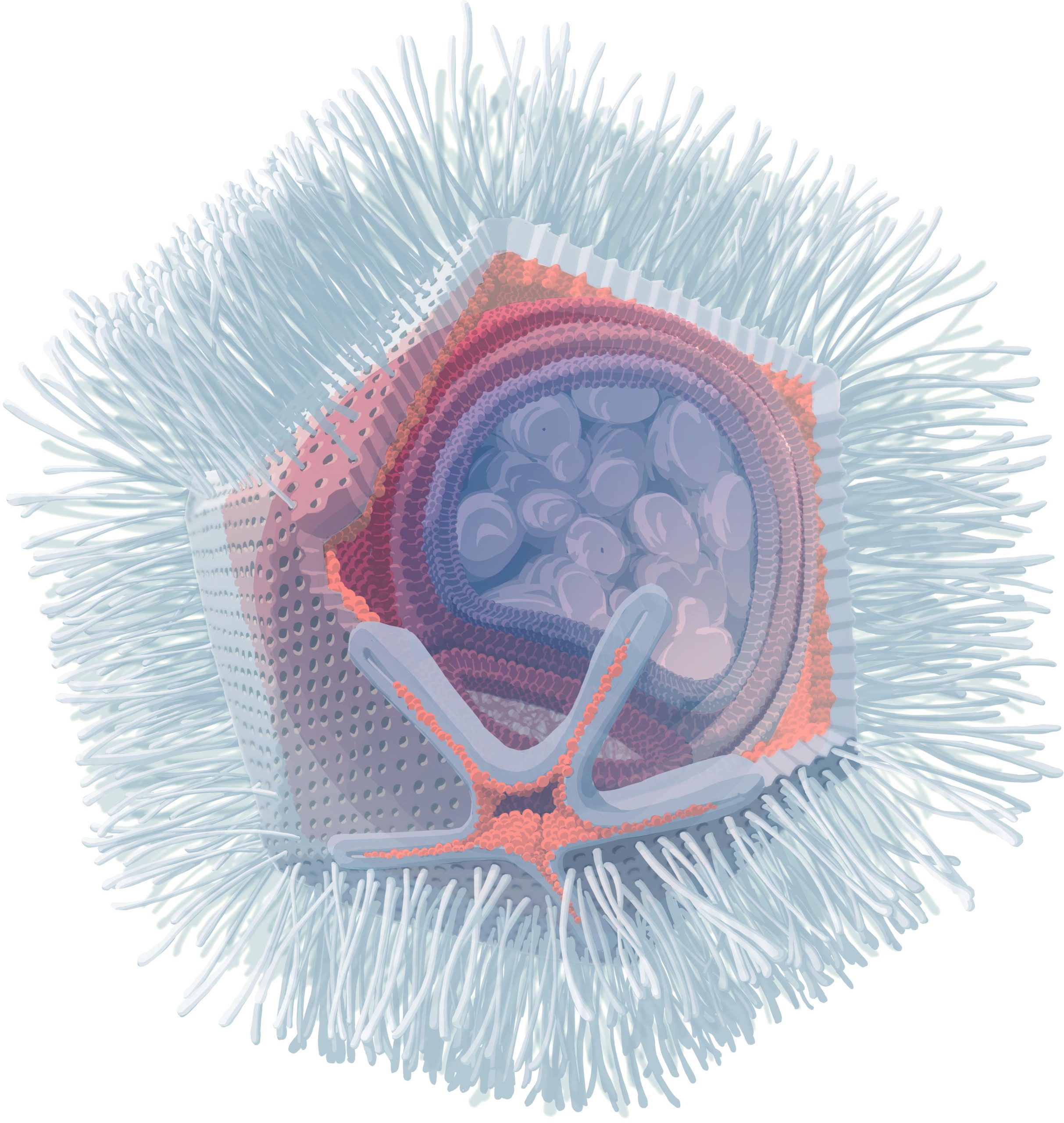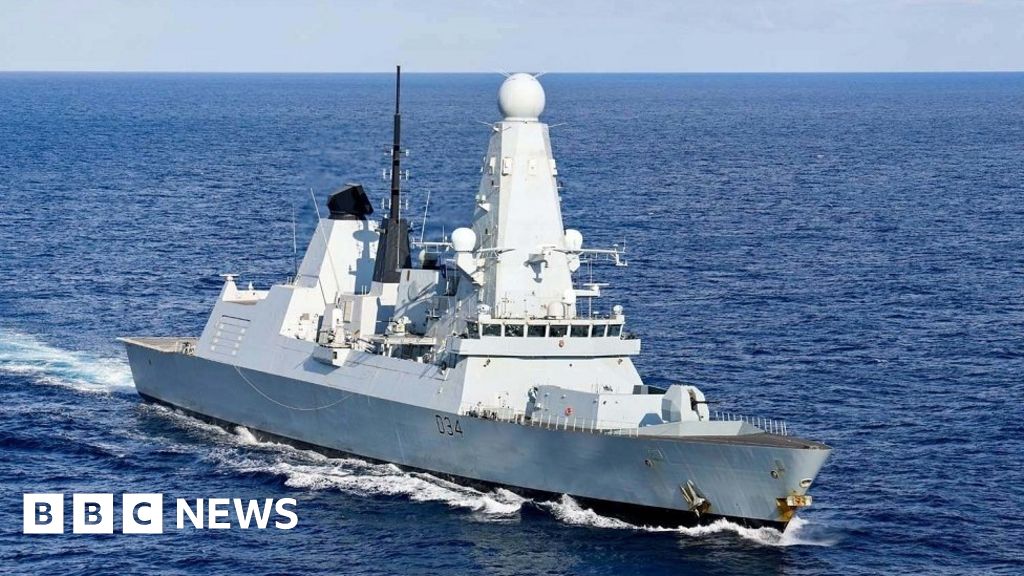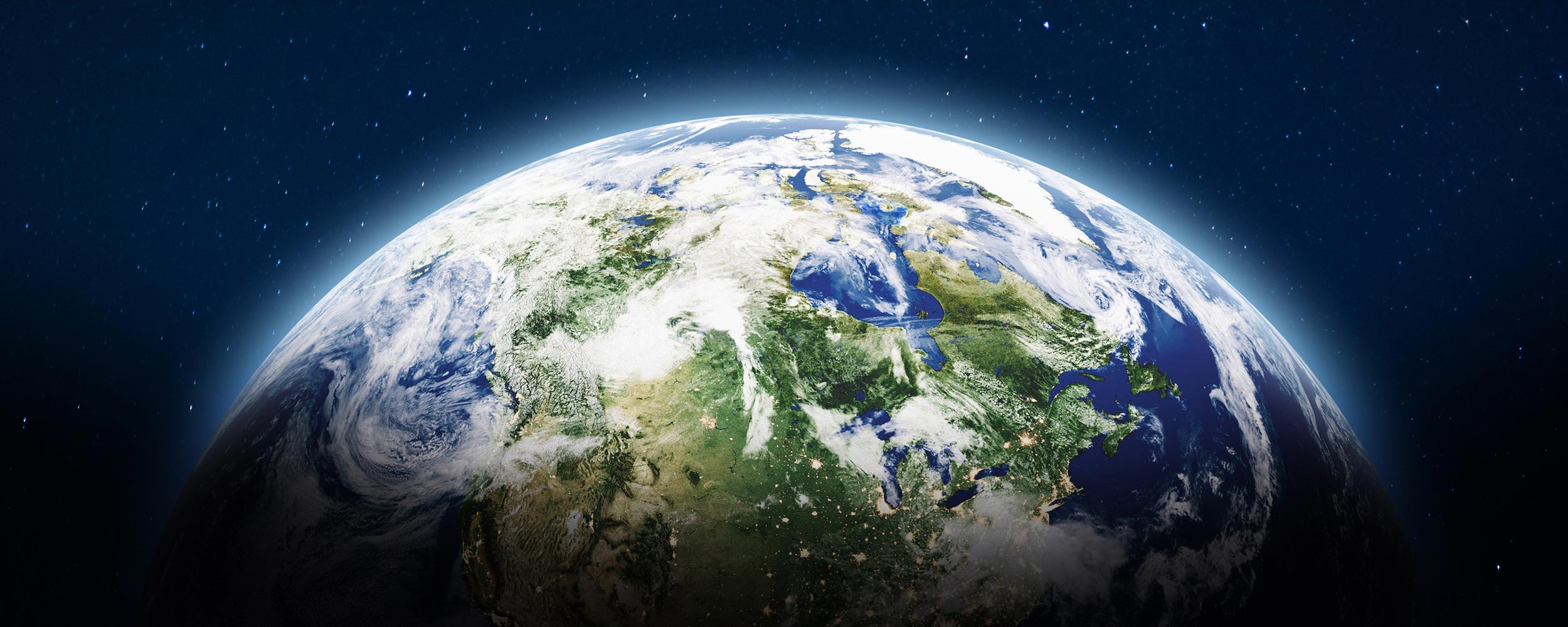Selon de nouvelles recherches, recongeler les pôles en réduisant la lumière du soleil entrante serait possible et considérablement bon marché.
Les pôles de la Terre se réchauffent plusieurs fois plus vite que la moyenne mondiale. En fait, des vagues de chaleur record ont été signalées plus tôt cette année dans l’Arctique et l’Antarctique. La fonte des glaces et l’effondrement des glaciers aux hautes latitudes accéléreraient l’élévation du niveau de la mer autour de la planète. Heureusement, il serait remarquablement faisable et bon marché de recongeler les pôles en réduisant la lumière solaire entrante. C’est selon une nouvelle étude publiée le 15 septembre 2022 dans IOP Publishing’s Communication de la recherche environnementale.
Les scientifiques ont conçu un futur programme de géo-ingénierie potentiel dans lequel des jets à haute altitude pulvérisent des particules d’aérosols microscopiques dans l’atmosphère à des latitudes de 60 degrés nord et sud – à peu près Anchorage et la pointe sud de la Patagonie. S’ils sont injectés à 43 000 pieds/13 000 mètres (au-dessus des altitudes de navigation de l’avion), ces aérosols dériveront lentement vers le pôle, ombrageant la surface légèrement en dessous.
L’auteur principal, Wake Smith, note : « Il y a des inquiétudes répandues et raisonnables concernant les déploiements d’aérosols pour refroidir la planète, mais si l’équation risque/bénéfice doit être payante n’importe où, c’est aux pôles. » Conférencier Smith à[{ » attribute= » »>Yale University and a Senior Fellow at the Mossavar-Rahmani Center for Business and Government at Harvard Kennedy School.
Particle injections would be performed seasonally in the long days of the local spring and early summer. Both hemispheres could be serviced by the same fleet of jets, ferrying to the opposite pole with the change of seasons.
Pre-existing military air-to-air refueling tankers such as the aged KC-135 and the A330 MMRT don’t have enough payload at the required altitudes. However, newly designed high-altitude tankers would prove much more efficient. A fleet of roughly 125 such tankers could loft a payload sufficient to cool the regions poleward of 60°N/S by 2°C per year. This would be enough to return them close to their pre-industrial average temperatures. Annual costs are estimated at $11 billion. This is less than one-third the cost of cooling the entire planet by the same 2°C magnitude and just a tiny fraction of the cost of reaching net zero emissions.
“Game-changing though this could be in a rapidly warming world, stratospheric aerosol injections merely treat a symptom of climate change but not the underlying disease. It’s aspirin, not penicillin. It’s not a substitute for decarbonization,” says Smith.
Cooling at the poles would provide direct protection for only a small portion of the planet. However, the mid-latitudes should also experience some temperature reduction. Since less than 1% of the global human population lives in the target deployment zones, a polar deployment would entail much less direct risk to most of humanity than a global program.
“Nonetheless, any intentional turning of the global thermostat would be of common interest to all of humanity and not merely the province of Arctic and Patagonian nations,” adds Smith.
In summary, the current study is just a small and preliminary step towards understanding the costs, benefits, and risks of undertaking climate intervention at high latitudes. It provides further reason to believe that such tools could prove useful both in preserving the cryosphere near the poles and slowing global sea level rise.
Reference: “A subpolar-focused stratospheric aerosol injection deployment scenario” by Wake Smith, Umang Bhattarai, Douglas G MacMartin, Walker Raymond Lee, Daniele Visioni, Ben Kravitz and Christian V Rice, 15 September 2022, Environmental Research Communications.
DOI: 10.1088/2515-7620/ac8cd3

« Évangéliste généraliste de la bière. Pionnier du café depuis toujours. Défenseur certifié de Twitter. Internetaholic. Praticien du voyage. »








More Stories
Un virus géant inhabituel découvert en Autriche
Des scientifiques de Cambridge dévoilent une nouvelle théorie sur les origines des éléments constitutifs de la vie
Hubble célèbre son 34e anniversaire avec une vue imprenable sur la nébuleuse du Petit Haltère